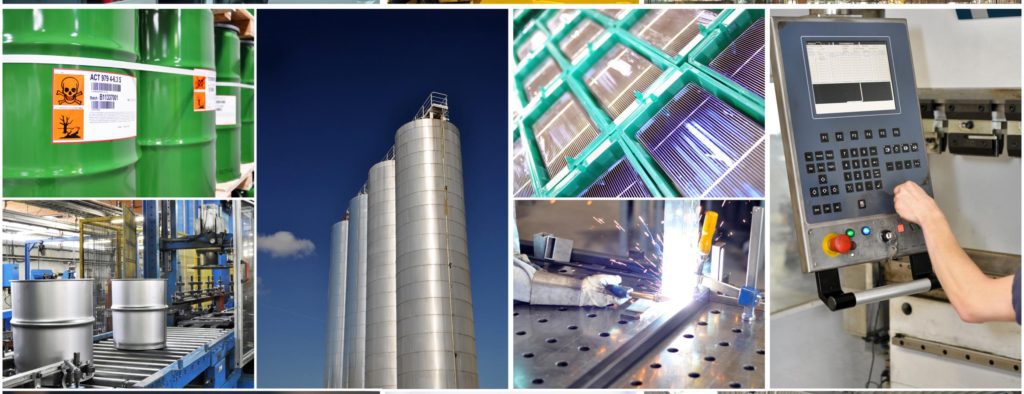Which industries Use Commercial Air Filters ?
Our filters serve numerous applications such as hospitals and health care facilities, bio-tech and electronics manufacturers, gas turbine power plants, clean room facilities, museums, schools and universities, commercial and government buildings, industrial manufacturers and many others. There aren’t many locations that wouldn’t benefit from the application of air filtration because clean air is clean living.
When deciding if it’s absolutely necessary however, there are a few questions you should ask yourself. Is your destination near any industrial polluting plants? Are the products or machinery in your building susceptible to damage from particulates? Is there any children or elderly in your building? Do your customers or tenants complain about a lack of air quality? These are all basic examples of industry traits that would make air filtration imperative.
Where filters are truly relied upon are places such as:
Hospitals: The highest priority for filtration in hospitals should be maintaining clean and healthy air for its patients and staff. Providing an environment using competent air filtration equips patients, staff and visitors with an added degree of protection from airborne microorganisms that can cause infection, disease and even death.
Education: A classroom environment requires quality air filtration. Protection against atmospheric particulate matter which consists of microscopically small solid/liquid particles suspended in the air that can penetrate the respiratory system and damage students lungs over time.
Hospitality industry: most air pollutants comes from foot traffic, open and closing doors, visitors carrying particulates from around the globe and the production of food. These impurities include bacteria, fungus, atmospheric dust etc.

